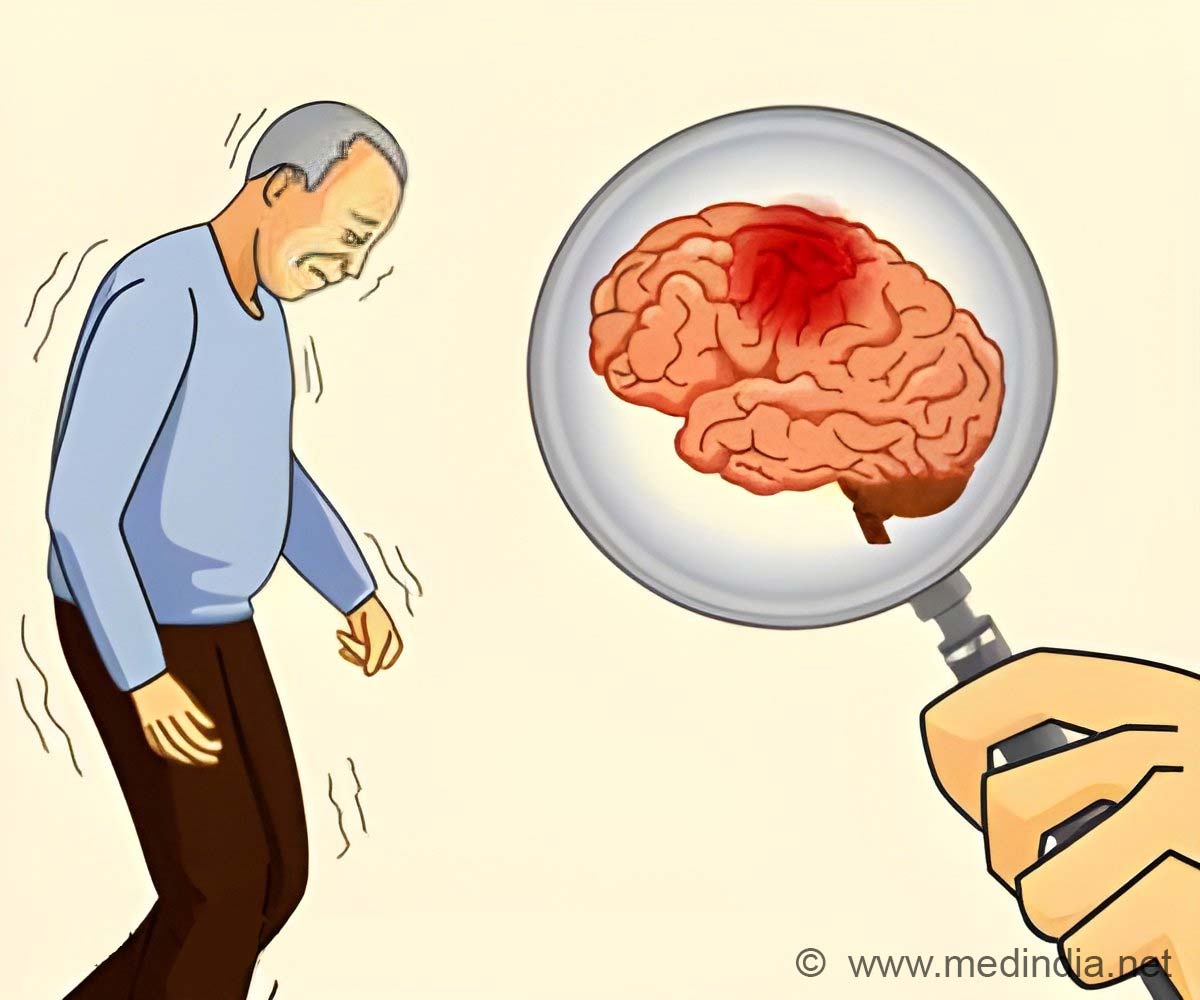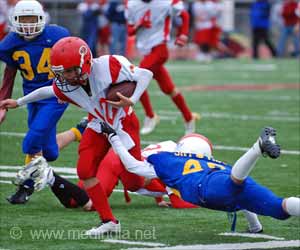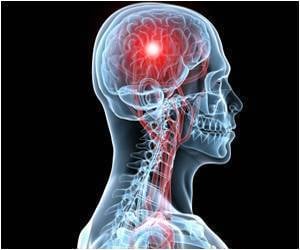Study reveals playing contact sports linked to developing Parkinsonism in individuals with Chronic Traumatic Encephalopathy. Important to prevent head injuries.

‘Did You Know?
Parkinsonism and Parkinson’s Disease (PD) are not the same! PD makes up about 80% of all cases of parkinsonism. #Parkinsonism #headinjuries #medindia’





The symptoms of Parkinsonism are similar to those of Parkinson's disease, including tremors, slowed movements, and stiffness in the arms or legs. It has long been linked to traumatic brain injury (TBI) and chronic traumatic encephalopathy (CTE), a neurodegenerative disease associated with repetitive head impact (RHI) exposure. However, the precise pathologies responsible for these symptoms in CTE remained unidentified (1✔ ✔Trusted SourceParkinsonism and Parkinson’s Disease (PD) are not the same! PD makes up about 80% of all cases of parkinsonism. #Parkinsonism #headinjuries #medindia’
Substantia Nigra Pathology, Contact Sports Play, and Parkinsonism in Chronic Traumatic Encephalopathy
Go to source).
Link between Parkinson’s Disease, Parkinsonism and Pathology
Parkinson's disease is traditionally linked to the accumulation of Lewy bodies in brain cells; however, a study revealed that 76% of individuals with CTE and Parkinsonism did not exhibit Lewy body pathology."We were surprised to find that most individuals with CTE and parkinsonism did not have Lewy body pathology," observed Thor Stein, MD, PhD, associate professor of pathology & laboratory medicine at BU and VA Boston Healthcare, and one of the corresponding authors of the study. "Rather," Stein explained, "subjects with parkinsonism were more likely to have more severe CTE-related brain cell death in a region of the brainstem important for controlling movement."
CTE is a progressive brain condition that is primarily caused by repeated head injuries, such as those sustained in contact sports. Research conducted in 2018 by the same group of researchers revealed that the time spent playing contact sports is linked to a higher risk of developing Lewy body disease. However, the current study is the first to establish a connection between engaging in contact sports, brainstem pathology, and parkinsonism in individuals with CTE.
"Increased CTE severity has been shown to be associated with longer duration of play," noted Daniel Kirsch, an MD/PhD student at BU and one of the first authors of the study. "In this study, we found that an additional eight years of contact sport play was associated with 50% increased risk of more severe disease in a specific area of the brainstem that controls movement."
Advertisement
The study suggests that repetitive head impacts is associated with neuropathologic processes that lead to symptoms of parkinsonism in individuals with CTE.
Advertisement
Reference:
- Substantia Nigra Pathology, Contact Sports Play, and Parkinsonism in Chronic Traumatic Encephalopathy - (https://jamanetwork.com/journals/jamaneurology/fullarticle/2820667)












